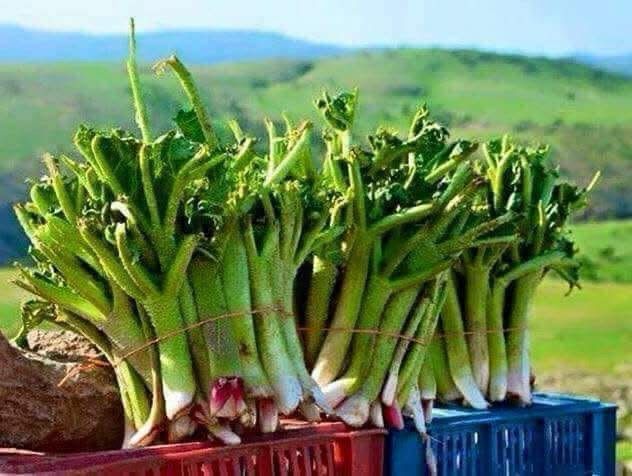Rhubarb, a wild perennial plant found in the highlands of Kurdistan, is being celebrated this spring for its remarkable taste and health benefits. Growing in cold, high-altitude areas where snow persists, rhubarb thrives from early spring to summer, reaching up to a meter tall with large, serrated leaves and stalks that can rise as high as three meters. Its greenish-yellow to reddish flower adds to its unique appearance, while its tart, sour taste makes it a local delicacy.
Rhubarb is not only appreciated for its flavor but also for its numerous health benefits. It is known to aid in the elimination of intestinal worms, serve as a natural laxative, and help regulate blood sugar levels. Additionally, it can reduce fat, lower blood pressure, and alleviate stomach pain. Rhubarb is also beneficial for liver health, strengthens the stomach and intestines, and helps with appetite stimulation and constipation relief.
Packed with fiber, vitamins A, B, and C, and calcium, rhubarb has long been used in Kurdish culture as a natural remedy for various ailments. However, caution must be taken with the plant’s leaves, as they are toxic. In traditional Kurdish wisdom, eating rhubarb is said to “take away sorrow and bring happiness.” It is even used in some countries, like Britain, as part of weight loss diets.
Rhubarb’s unique blend of flavor and health benefits makes it a beloved symbol of spring in the Kurdistan Region, showcasing the region’s rich natural resources and cultural practices.

